Sony Cyber-shot DSC-W200 Review
Sony Cyber-shot DSC-W200
For those times when 10 megapixels just isn't enough.
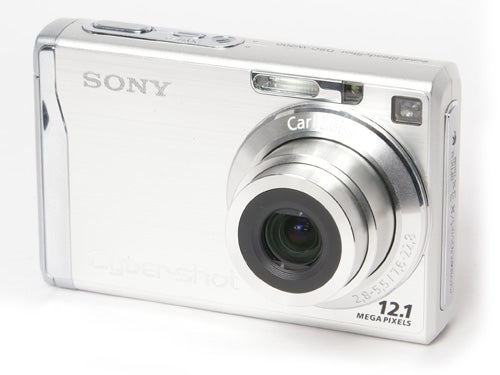
Verdict
Key Specifications
- Review Price: £230.00
Well, it was bound to happen sooner or later. It was only last July that I reviewed the Casio EX-Z1000, which was the first compact digital camera to sport a 10-megapixel sensor. Inevitably every other major camera manufacturer (except, notably, for Fujifilm) quickly followed suit, not wanting to be left behind in the marketing race, and pretty soon every brand’s flagship compact was a 10MP model.
However when it comes to digital camera sensors, more pixels doesn’t necessarily mean better picture quality. Many of these super-powerful compacts had problems with excessive image noise at higher ISO settings, and suffered from limited dynamic range, as a direct result of the reduced physical size and correspondingly lower sensitivity of the individual photocells making up the sensor. It has also been suggested that the resolution of a 10MP sensor is actually beyond the resolving power of many compact camera lenses, totally negating any potential advantage to be gained from the more powerful sensor. In fact some people have noted that in many cases overall image quality was actually lower than equivalent seven or eight megapixel cameras, and indeed this sector of the market has proven to be more popular than the more expensive 10MP premium models.

You’d think manufacturers would have learned their lesson, and stopped listening to marketing departments who are only concerned with printing larger numbers on the box, but as sure as night follows day the next generation of even-more-powerful sensors has arrived, so here I am taking a look at the new 12.1-megapixel Sony Cyber-shot DSC-W200. It’s actually not the first 12MP digital compact camera; that honour goes to the Panasonic Lumix DMC-FX100, and it certainly won’t be the last, since Casio has already launched the EX-Z1200 and I hereby confidently predict that within six months all of the other manufacturers will have jumped on the 12MP bandwagon. This time even Fujifilm is getting in on the act.
To be fair, if anyone can produce a successful 12-megapixel compact, it may be Sony. The W200 is equipped with a 1/1.7-in SuperHAD CCD, which is ever-so-slightly larger than the normal 1/1.8-in sensors found in most other high-powered compacts. The SuperHAD design has slightly larger microlenses than conventional CCDs, which may help with light gathering. It also benefits from a Carl Zeiss lens, so hopefully the superior optical quality can make use of the additional resolution.
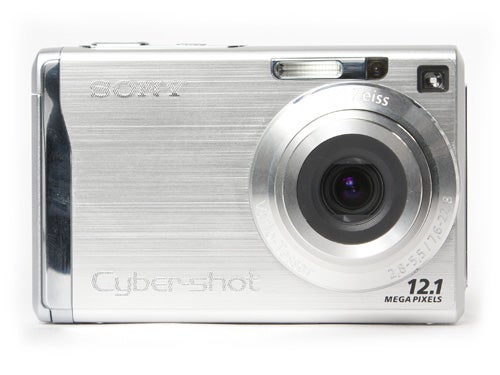
To be even fairer, the W200 is also a pretty nice camera in its own right. As far as I’m aware it isn’t just a more powerful update of an existing model, it is an totally new design. Apart from the 12.1-megapixel sensor it has a specification that puts it into the top bracket of high-performance compacts, with the aforementioned Carl Zeiss f/2.8-5.5 3x zoom lens (equivalent to 35-105mm), Sony’s Super SteadyShot CCD-shift image stabilisation, 2.5-in 115k monitor screen and an optical viewfinder, an all-metal body, an ISO range of 100-6400 and optional manual exposure. Of course that kind of spec doesn’t come cheap, and although you can find it for under £230 from some online sellers, you’re more likely to see it priced at around £280. The Panasonic Lumix FX100 is about the same price.
Like all of Sony’s cameras the W200 is certainly well made. It has a strong all-metal body (aluminium I believe) and all the controls have a crisp and businesslike feel to them. It’s not a particularly small camera, measuring 91 x 58.5 x 27.3mm, and weighing 173g fully loaded it’s no lightweight either, but that extra size and weight does give it a nice feeling of solidity, and there’s plenty of room hold the camera comfortably. The front left of the body has a slightly raised lip, providing a token fingergrip. I have to say I don’t think it’s a particularly attractive camera, in fact I think it looks a bit awkward and lop-sided but maybe that’s just me.
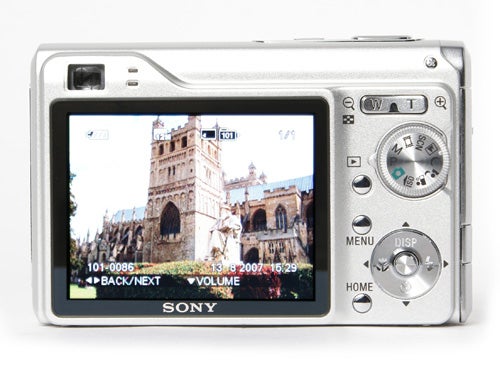
As a high-end model the W200 has a fairly complete list of features. As I mentioned, it has optional manual exposure, with a three-stop range of aperture settings (f/2.8 to f/8) and shutter speeds of 30 seconds to 1/1000th of a second in 1/3EV increments. It’s not exactly a digital SLR, but it’s more versatility than most compacts offer. Other exposure options include program auto, scene programs for landscape, twilight, twilight portrait and soft snap, as well as a high ISO mode for very low light situations, which can push the ISO setting as high as 6400. There is a scene mode, but with only three settings; beach, snow and fireworks.
Going into the beautifully designed and rather musical menu system reveals yet more options. There are few real surprises, but everything you’d expect to find is there, including spot, C/W and multi-zone metering, a range of focus modes including pre-set distances and infinity, auto bracketing, adjustable sharpness and contrast and several colour options. The only really noteworthy items are the Dynamic Range Optimiser, a system borrowed from the Sony Alpha DSLR which helps to extend detail in shadow and highlight areas, and the exposure compensation function, which is buried in the menu rather than having its own button.
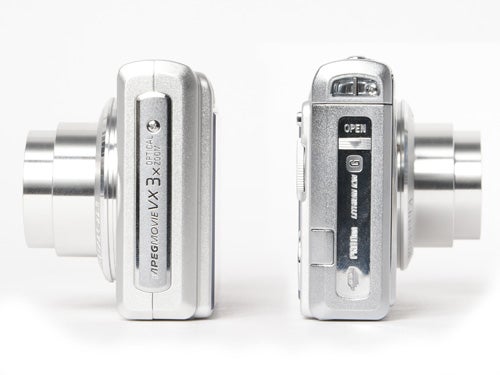
Overall performance is very impressive. The camera starts up in just under two seconds, which isn’t bad, and in continuous shooting mode it can fire at a little over two frames a second, a speed which it can keep up until the memory card is full. In single shot mode there is no appreciable delay at all, and the camera will shoot pretty much as quickly as you can press the shutter button. The AF system is superb, focusing in a fraction of a second even in very low light, and without the aid of an AF assist lamp. The multi-zone autofocus is very accurate and reliable, in fact I would go as far as to say it’s one of the best I’ve seen on a compact camera. The image stabilisation system also works extremely well, providing a reliable two stops of extra hand-held stability.
Battery life is good, although not exceptional. The W200 is powered by a surprisingly heavy 940mAh Li-ion battery for which Sony claims 300 shots on a full charge. I shot about 120 frames during testing and the charge indicator was reading two out of four bars, so that’s probably accurate enough. As for card capacity, the W200’s 12MP JPEG files average about 3.4MB, which is smaller than I’d have expected, and a 1GB Memory Stick Pro Duo card should be enough for about 300 shots, but the camera seems to think it can only fit about 200.
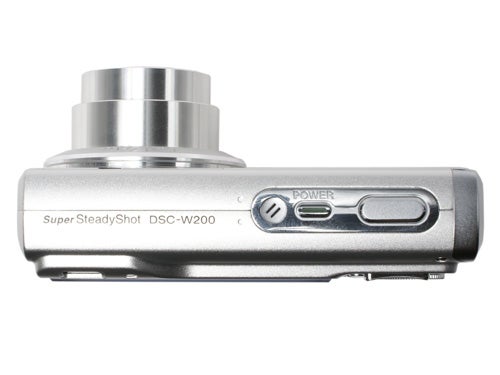
Of course the crucial issue here is image quality, because if the W200 isn’t significantly better than a similar 10-megapixel camera, then is it really worth paying extra just for the sake of having that number 12 on the front? If you take a look at the accompanying sample images, you’ll see that indeed the W200 is capable of outstanding image quality. A proportion of that is, of course, due to the superior Carl Zeiss lens, but there’s no denying that the combination of the 12.1MP SuperHAD sensor and Sony Bionz image processor is capable of recording an extremely high level of detail. However comparing the results directly with a camera such as the excellent Pentax Optio A30, it’s pretty clear that the larger sensor offers no decisive advantage in this area.
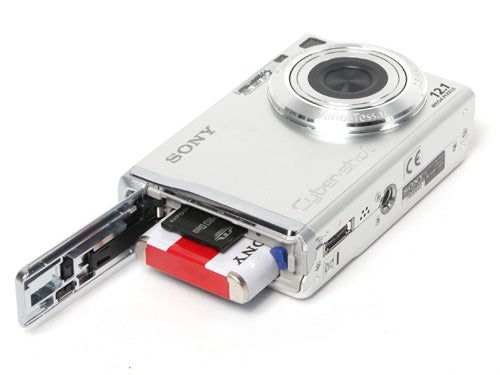
In other areas, including exposure and colour rendition the camera performs extremely well, and the lens produces exceptional clarity from edge to edge. If dynamic range is reduced by the smaller photocells, then the effect is minimal. Yes, it did clip highlights on some shots, but shadow detail was generally good. Unfortunately the other affect of shrinking photocells – increased image noise – is more of a problem, with very visible noise from 400 ISO, and the selling-point maximum settings of 1600 and 3200 ISO being particularly bad, with uneven colour reproduction and a loss of the 12MP sensor’s raison d’etre, fine detail.
”’Verdict”’
There’s no question that the Sony Cyber-shot DSC-W200 is a very good camera, capable of producing very high quality images, and with exceptional performance, especially in low light conditions. Build quality is superb, and the optional manual exposure and focusing options are a bonus for experienced users. However the 12.1-megapixel sensor offers no real advantage over a 10-megapixel sensor, and may in fact have a negative impact on image quality at high ISO settings. As such there are better cameras that cost less money.
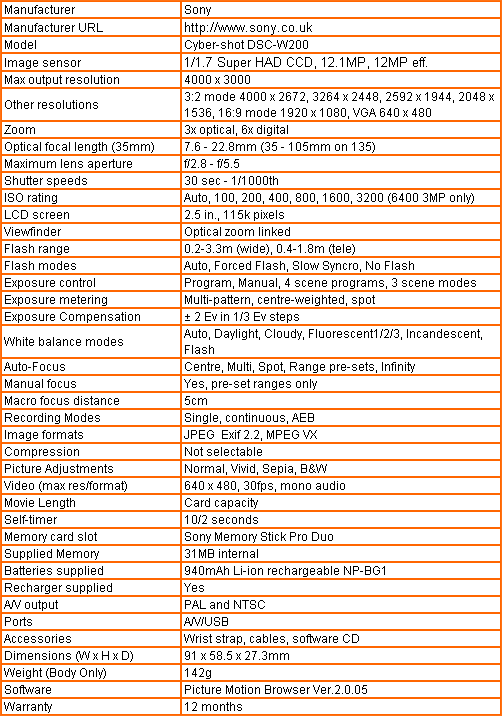
”A range of test shots are shown over the next few pages. Here, the full size image at the minimum ISO setting has been reduced for bandwidth purposes to let you see the full image, and a series of crops taken from original full resolution images at a range of ISO settings have been placed below it in order for you to gain an appreciation of the overall quality.”
—-
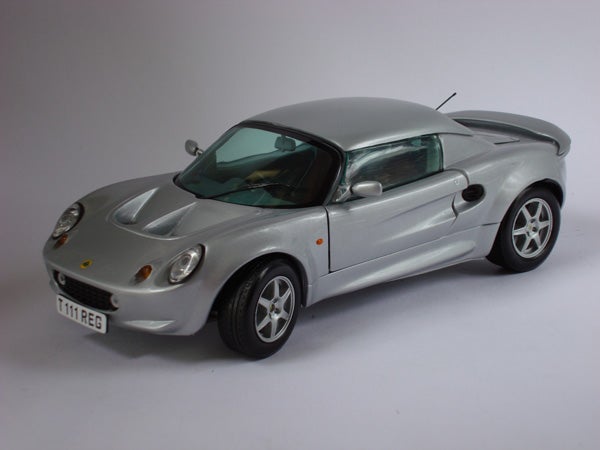
—-
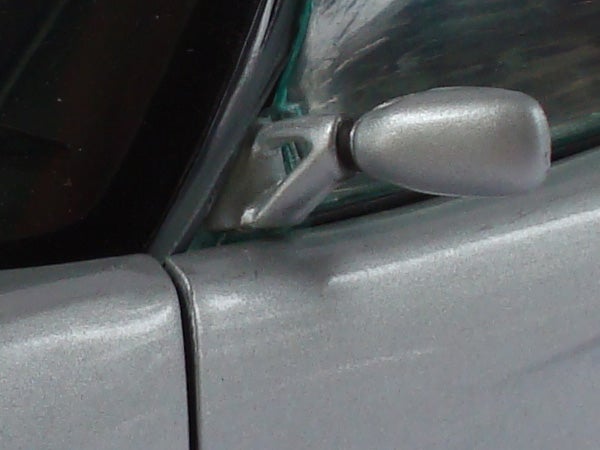
At 100 ISO the sheer power of the 12MP sensor and pin-sharp Zeiss lens produces a huge amount of detail, with not a trace of noise.
—-
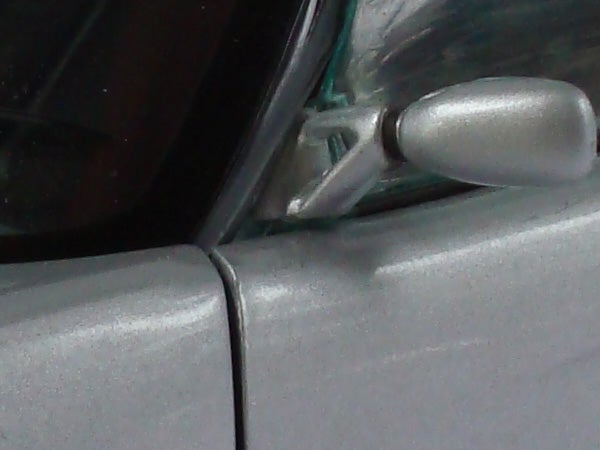
Still no real problems at 200 ISO.
—-
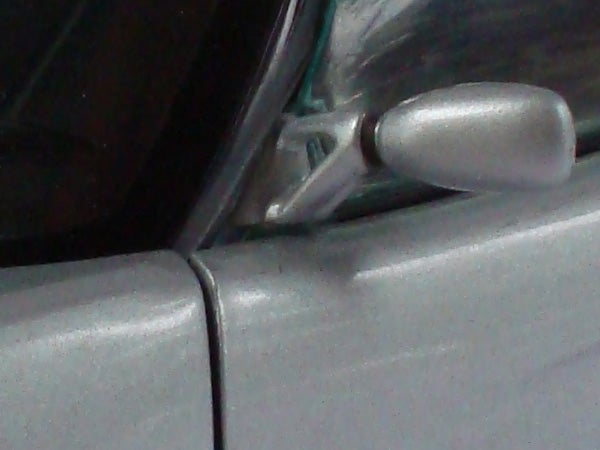
However at 400 ISO the smoothness of the image and the level of detail are starting to fade, and there is some colour mottling.
—-
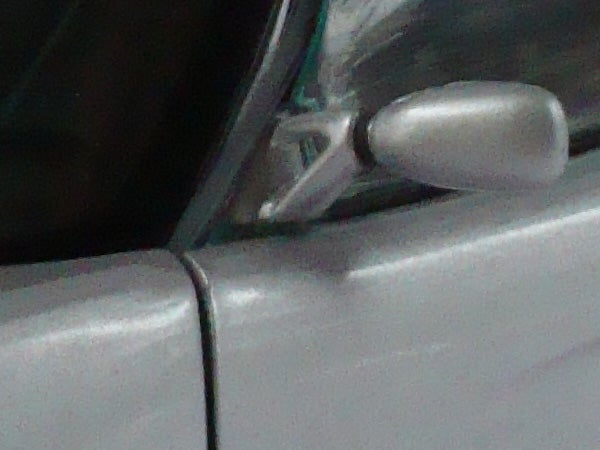
At 800 ISO the effects of noise and noise reduction are clearly visible, with smudged detail and uneven colour.
—-
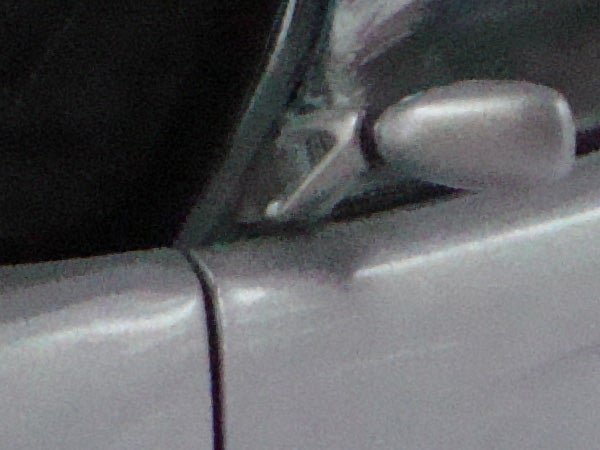
Worse still at 1600 ISO.
—-
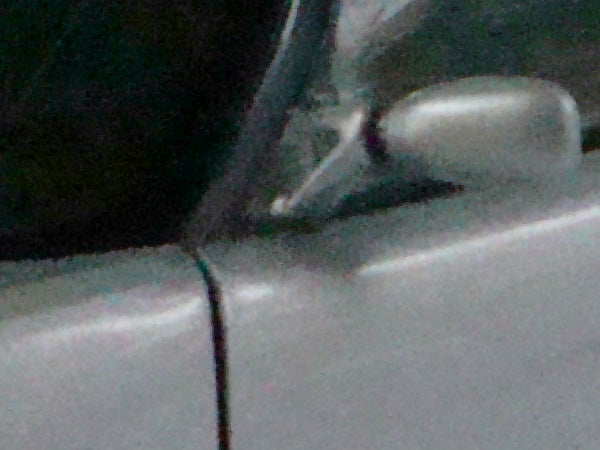
The image quality at 3200 ISO is quite low, and there was significant colour distortion ove large areas of the image.
—-
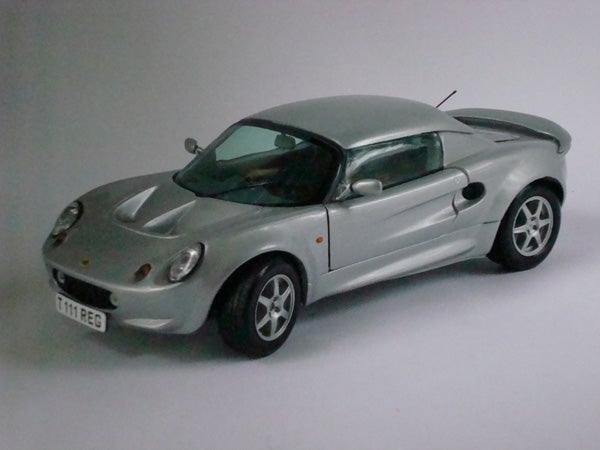
The full frame at maximum ISO.
”A range of test shots are shown over the next two pages. Here, the full size image has been reduced for bandwidth purposes, and in some case a crop taken from the original full resolution image has been placed below it in order for you to gain an appreciation of the overall quality.”
—-
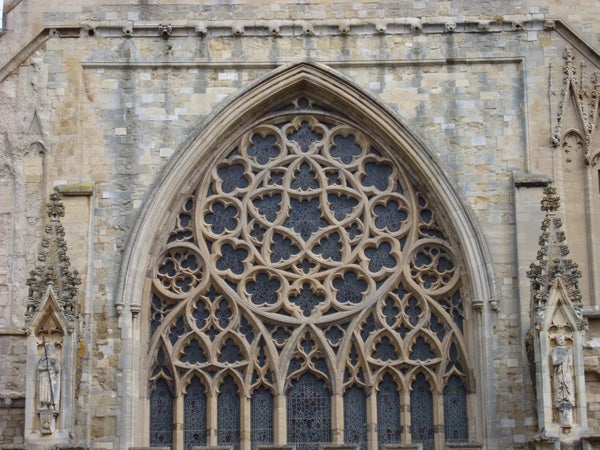
Here’s usual detail test shot. See below for a full res crop, or click to see the whole picture. Compare this with a good 10MP compact, such as the Pentax Optio A30.
—-
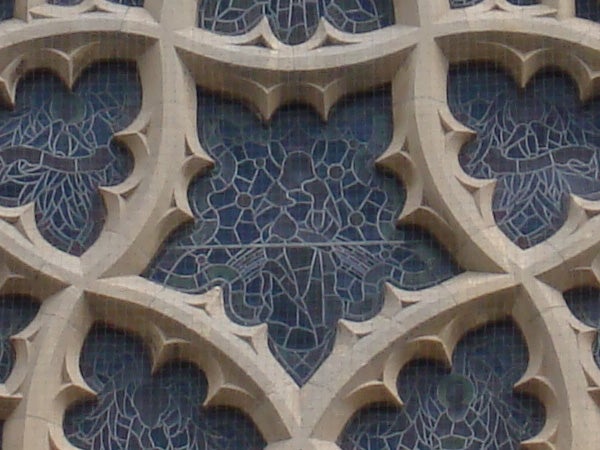
As you can see, the level of detail is very high, but it’s not a noticeable improvement over a 10MP compact.
—-
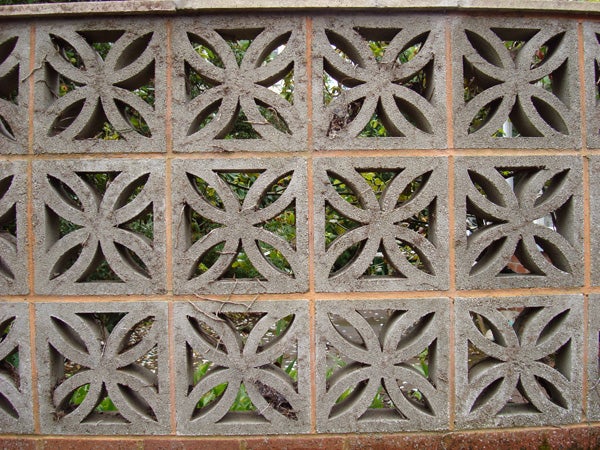
The Carl Zeiss lens lives up to its name, producing outstanding detail and sharpness right across the frame, with minimal distortion at wide angle.
—-
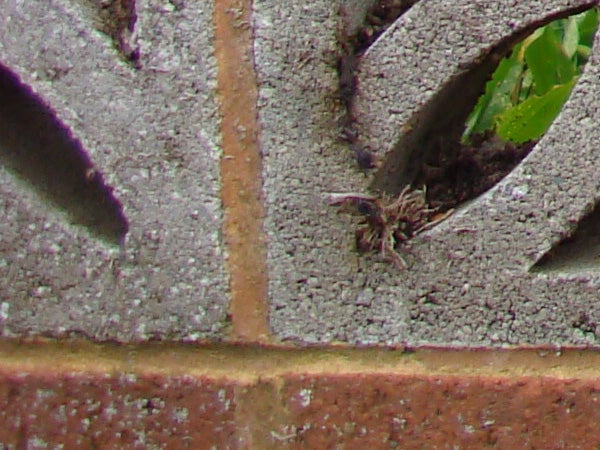
This crop from the above image shows that the sharpness extends almost right into the corners, but there is a little chromatic aberration hiding down there.
—-
”A range of test shots are shown over the next two pages. Here, the full size image has been reduced for bandwidth purposes, and in some case a crop taken from the original full resolution image has been placed below it in order for you to gain an appreciation of the overall quality.”
—-

The wide angle end of the zoom range is equivalent to 35mm.
—-

The relatively large maximum aperture narrows the depth of field in this telephoto shot from the same position. Equivalent to 105mm.
—-
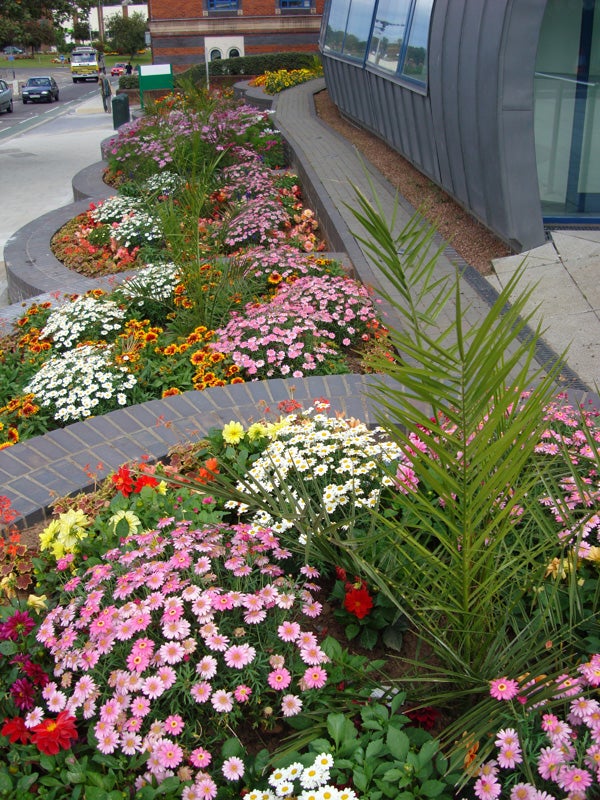
Colour rendition is neutral and naturalistic.
—-
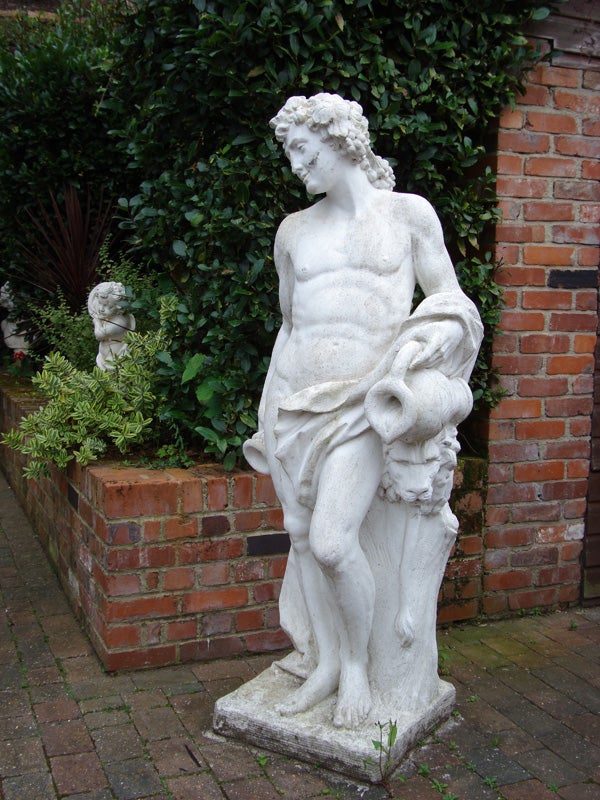
Some of the highlights are clipped, but shadow detail is pretty good.
—-

Macro closest focusing distance is 5cm.
—-
Trusted Score
Score in detail
-
Value 3
-
Image Quality 9
Features
| Camera type | Digital Compact |
| Megapixels (Megapixel) | 12.1 Megapixel |
| Optical Zoom (Times) | 3x |

